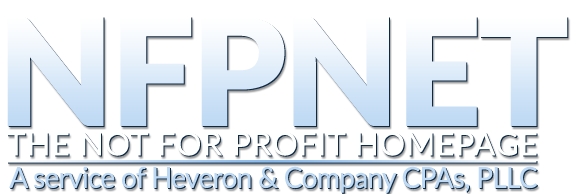With lower tax rates and more taxpayers using the standard deduction, donors are
considering other alternatives. One of these is “bunching” contributions. For
example someone who has historically made contributions near year-end could
make contributions in early January and again the following December,
“bunching“ two years’ worth of contributions into one year, and increasing the
likelihood that they will be over the threshold for itemizing.
Another strategy is to set up a donor advised fund and payout contributions to
charities over two or three years. United Way of Greater Rochester, the Community
Foundation, and online services such as Fidelity all accommodate donor advised
funds.
Taxpayers who are over age 70 ½ at the end of the year, and are therefore required
to take required minimum distributions out of their retirement plan, can instead
have some or all of those distributions paid directly to charities. This doesn’t
produce an itemized deduction but better yet, it eliminates taxable income which
may avoid higher tax brackets and may avoid “wasting” the very substantial
standard deduction.
Charitable remainder trusts can also be a very cost-effective way to support
charities. These are best suited for individuals who would benefit by using income
from investments during their lifetime, but don’t need to leave all of their assets to
heirs, or have assets they intended to give to charities through their wills.
The best way for charities to benefit from these different strategies is by reminding
and educating their constituents about these opportunities.
If you would like more information about any of these strategies, please contact us.
Contact Us
Heveron & Company CPAs, PLLC
260 Plymouth Avenue South
Rochester, NY 14608
Telephone: (585) 232-2956
Fax: (585) 423-0599
Email: mail@heveroncpa.com


